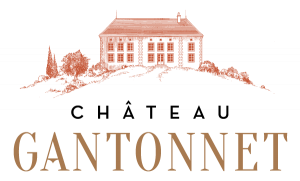
Terroir & vineyard

-
The nearby Atlantic
The estate's 83 hectares of vines benefit from an oceanic climate attenuated by the continental influence of the first hills of the Périgord to the east and softened by the warm ocean currents coming from the Gulf Stream.
Over the seasons, mild temperatures mix with morning mist and rain, producing a relatively humid environment and the risk of disease. Nevertheless, sunny summers, mild autumns and winters, and rare frost create good climatic conditions that allow the vine and grapes to stay healthy and reach the desired maturity. Trellising is also a contributing factor that provides the vines with good aeration. Another major asset to help face potential weather hazards.
-
The soil
The soils are mainly sandy clay, dotted with boulbènes, which are very fine alluvium deposited by the Garonne river. And the limestone subsoils offer natural drainage to the plots and coolness to the vines. -
Attention to the environment
The estate's 83 hectares of vines are cultivated according to the principles of HVE3 certification. We use cultivating methods that respect the environment and promote biodiversity and proper water management within the vineyard - such high stakes for the future!
-
A collection of grape varieties
Enjoying perfect exposure, the 64 plots of the thirty-year-old vineyard reflect the Bordeaux tradition of assemblage, hosting a plurality of red (84%) and white (16%) grape varieties.
Delicate and fruity merlot is dominant, followed by fine and fragrant cabernet franc and a touch of intense and complex cabernet sauvignon and malbec. On the other hand, the white grape varieties are separated into fresh and aromatic sauvignon blanc, subtle muscadelle, and refreshing sémillon.


